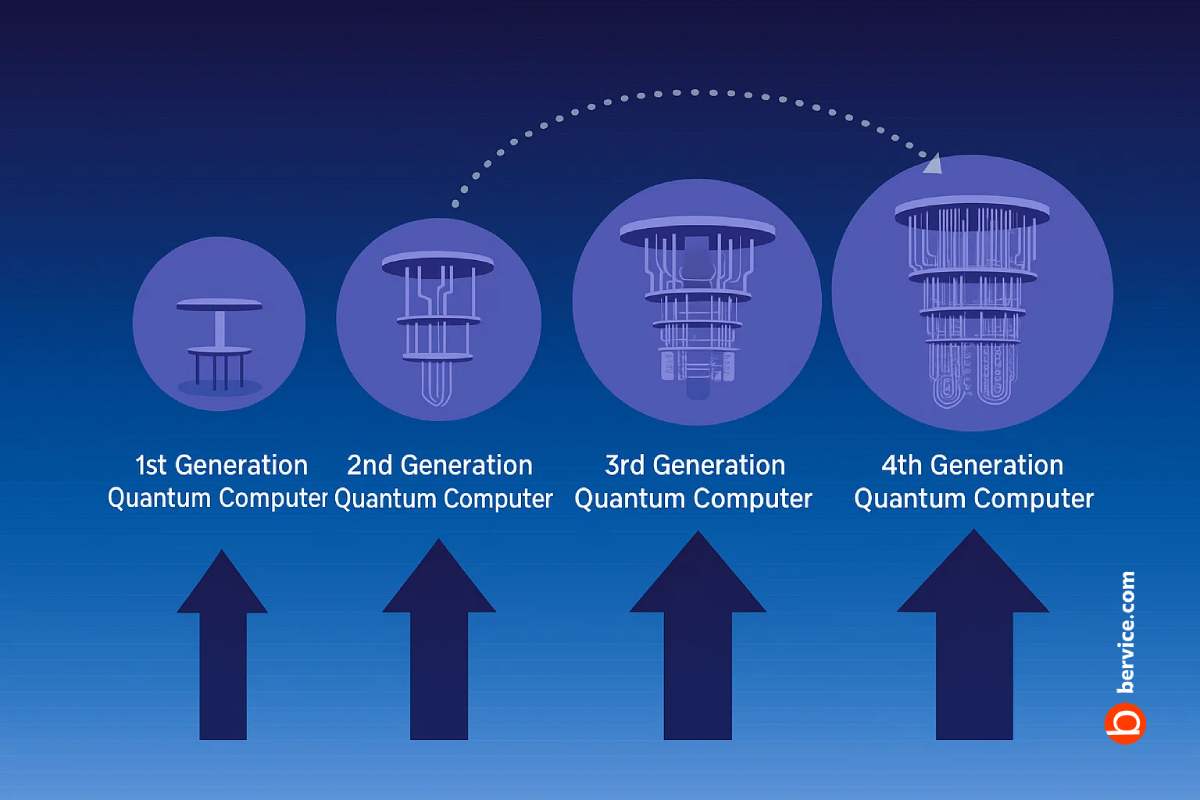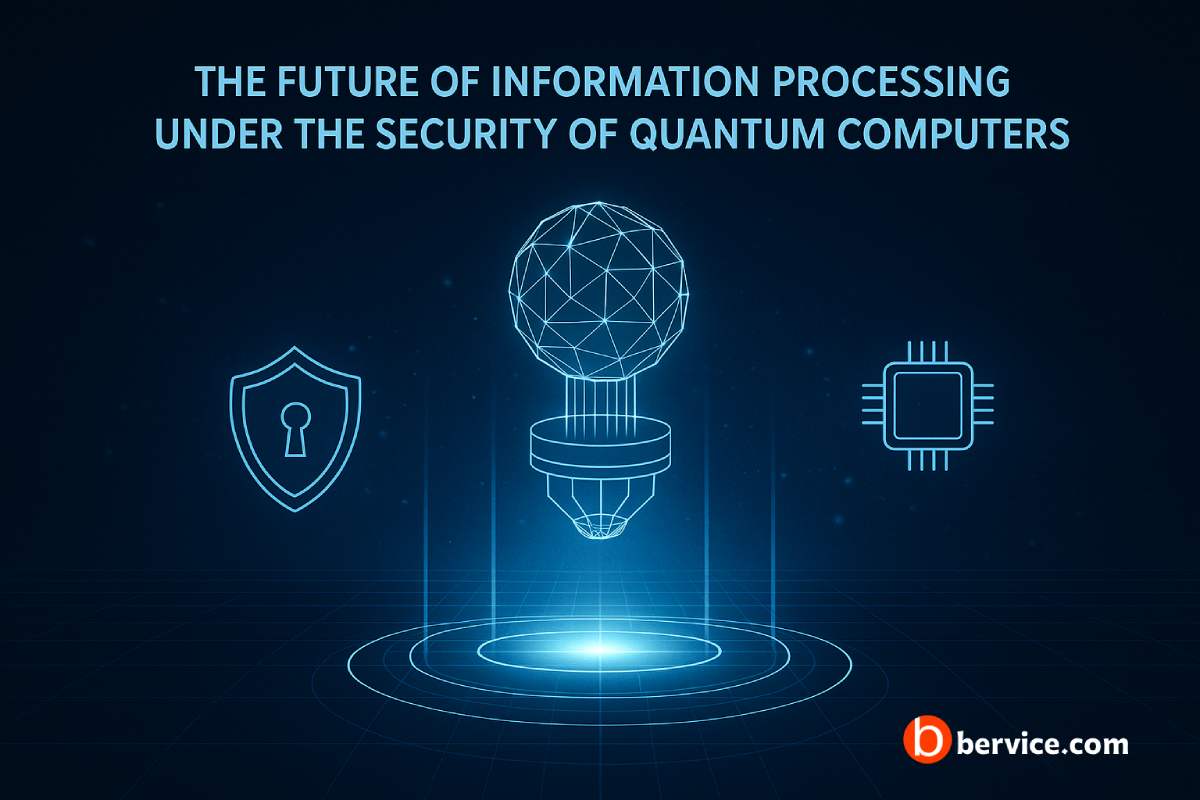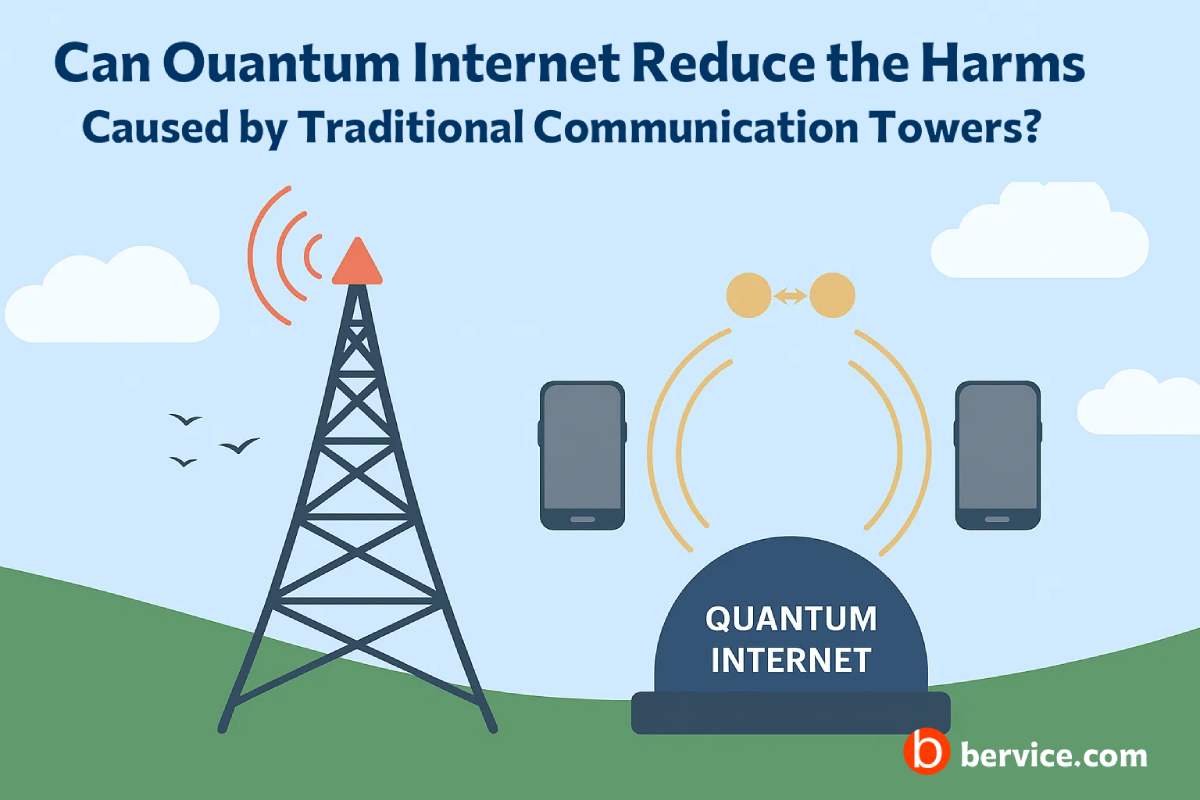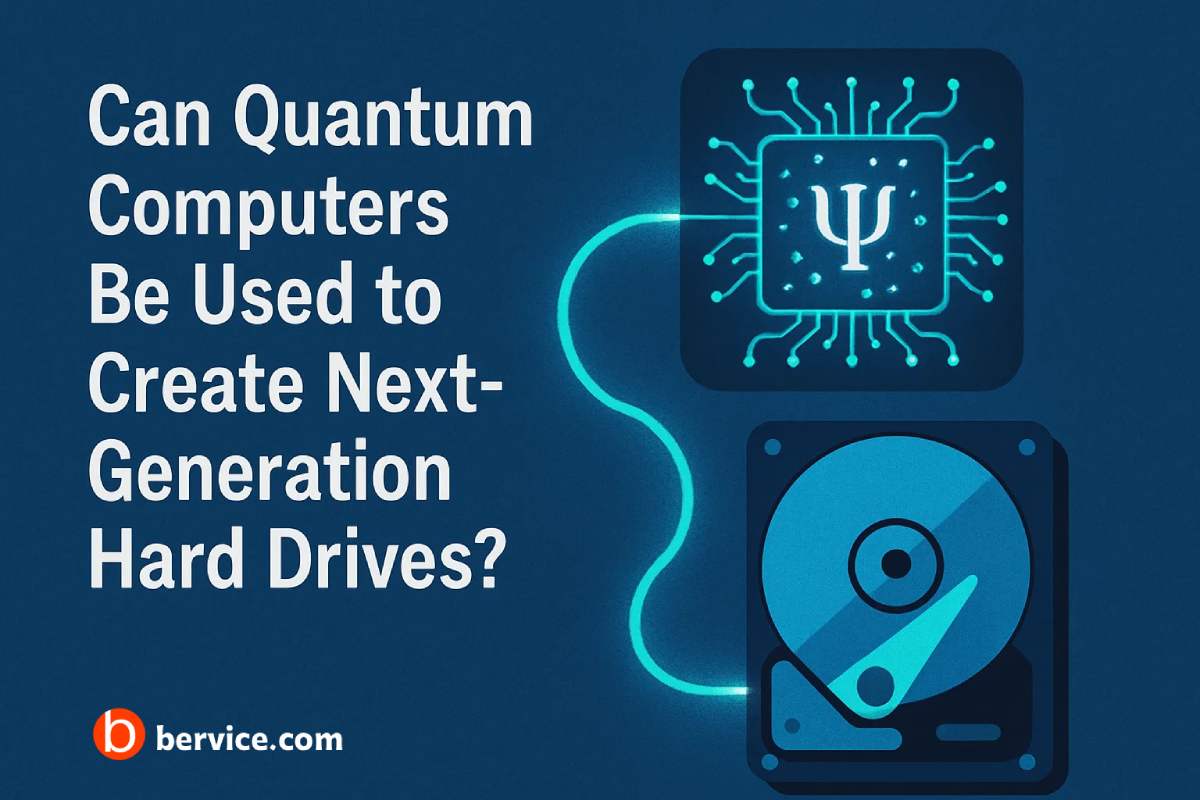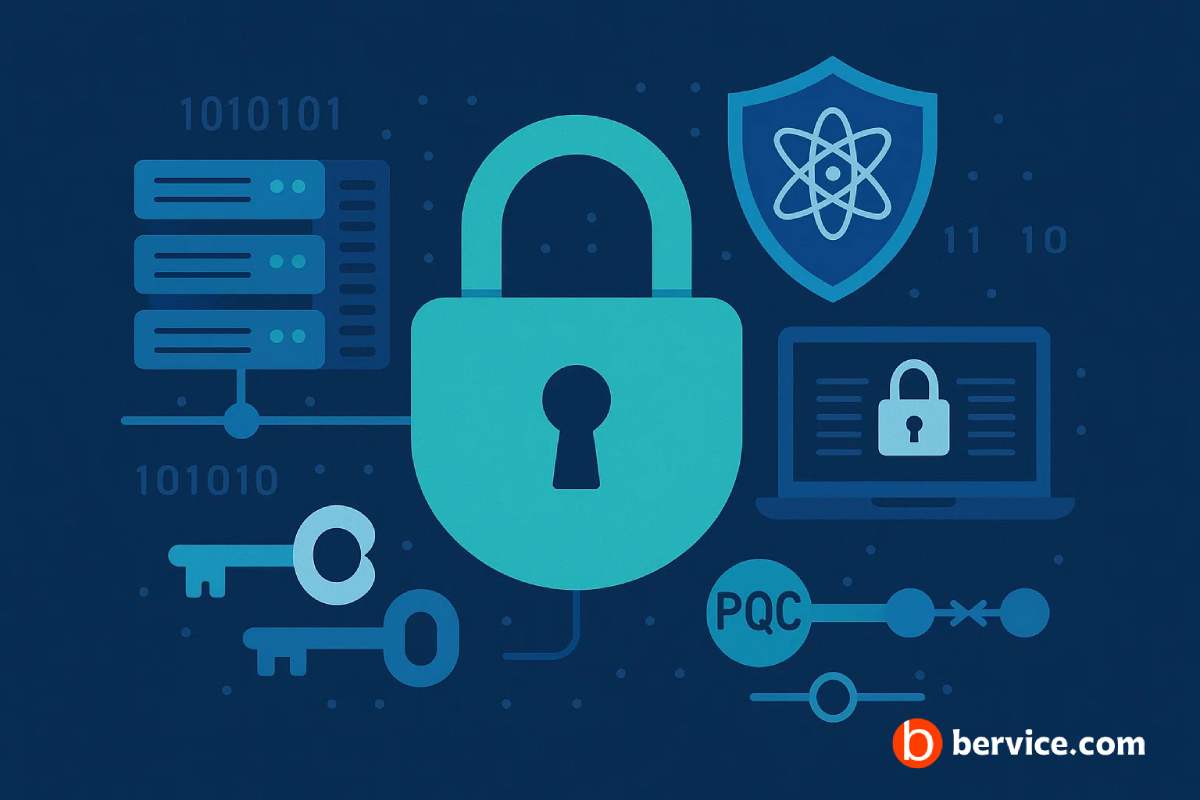
Introduction
In recent years, the rapid advancements in quantum computing have raised concerns about the security of traditional cryptographic systems. Many of the encryption algorithms that form the backbone of current security frameworks are based on mathematical problems that are difficult to solve using classical computing. However, quantum computers, with their powerful capabilities, have the potential to break these systems. This has prompted the development of Post-Quantum Cryptography (PQC), a new paradigm designed to secure data in the quantum era. Alongside PQC, blockchain technology has also emerged as a promising tool for ensuring the security and integrity of personal and organizational information. In this article, we will explore how PQC, combined with blockchain technology, can shape the future of data security.
Understanding Post-Quantum Cryptography (PQC)
Post-Quantum Cryptography refers to cryptographic algorithms that are designed to be secure against the potential threats posed by quantum computers. Quantum computers leverage principles of quantum mechanics, such as superposition and entanglement, to solve certain computational problems exponentially faster than classical computers. For example, Shor’s algorithm enables a quantum computer to efficiently solve the integer factorization problem, which underpins the security of widely-used public key cryptosystems like RSA and ECC (Elliptic Curve Cryptography). This makes them vulnerable to attacks once quantum computers become sufficiently powerful.
PQC aims to develop encryption methods that are resistant to quantum attacks. The National Institute of Standards and Technology (NIST) has been leading the effort to standardize post-quantum cryptographic algorithms. These algorithms are based on mathematical problems that are believed to be resistant to quantum algorithms, such as lattice-based cryptography, code-based cryptography, and hash-based cryptography. By adopting PQC, organizations can future-proof their systems and protect sensitive information against emerging quantum threats.
The Role of Blockchain Technology in Information Security
Blockchain technology is widely known for its role in supporting cryptocurrencies like Bitcoin and Ethereum. However, its applications extend far beyond digital currencies. Blockchain is essentially a decentralized ledger technology that provides a secure, transparent, and tamper-resistant method for recording transactions. Each block in the blockchain contains a cryptographic hash of the previous block, creating an immutable chain of data. This structure ensures the integrity of the information stored on the blockchain, making it resistant to hacking and fraud.
Blockchain technology can be used in various applications related to personal and organizational information security, including secure data storage, identity verification, and secure communication channels. For example, a blockchain-based identity management system can provide individuals with control over their personal data, ensuring that sensitive information is not stored in centralized databases prone to hacking. Similarly, blockchain can be used to create secure, auditable records of transactions, reducing the risk of data manipulation or unauthorized access.
Integrating Post-Quantum Cryptography with Blockchain
As quantum computers continue to evolve, it is crucial to integrate PQC into blockchain systems to ensure that they remain secure in the post-quantum world. Blockchain’s reliance on cryptographic techniques such as hashing, digital signatures, and public-key cryptography makes it vulnerable to quantum attacks. For instance, quantum computers could potentially break the cryptographic signatures used in blockchain systems, rendering the security of the entire blockchain network compromised.
By integrating PQC algorithms into blockchain protocols, the security of blockchain systems can be enhanced to withstand quantum threats. For example, lattice-based public key encryption schemes, which are resistant to quantum attacks, can replace traditional RSA or ECC signatures used in blockchain networks. Additionally, hash-based digital signatures, which are quantum-resistant, can be used to ensure the integrity of transactions on the blockchain.
Future Prospects: Personal and Organizational Security
The combination of PQC and blockchain technology holds great promise for the future of information security, both for individuals and organizations. With PQC in place, organizations can ensure that their data remains secure even in the face of quantum computing advancements. Personal information, such as health records, financial data, and digital identities, can be protected from quantum-enabled breaches.
Furthermore, the decentralized nature of blockchain technology ensures that there is no single point of failure, making it more resilient to attacks. When integrated with PQC, blockchain could become the foundation for a new era of secure, privacy-preserving digital interactions. Organizations will be able to manage sensitive data with confidence, while individuals will have greater control over their personal information.
Conclusion
As we move toward a future where quantum computing becomes a reality, the need for secure systems that can withstand quantum attacks becomes increasingly critical. Post-Quantum Cryptography, when integrated with blockchain technology, offers a promising solution to safeguard both personal and organizational information. By adopting these technologies, organizations can ensure the long-term security of their data, protecting against both current and future threats. The convergence of PQC and blockchain could redefine the landscape of cybersecurity, offering a robust defense against the challenges posed by the quantum era.
Connect with us : https://linktr.ee/bervice
